Probably the most young people will not remember it, but, seven years ago, and for a few weeks, all users of the internet ask yourself, what color was the dress of the set, some saw it as white with lines of gold and the other in blue, with streaks of black.
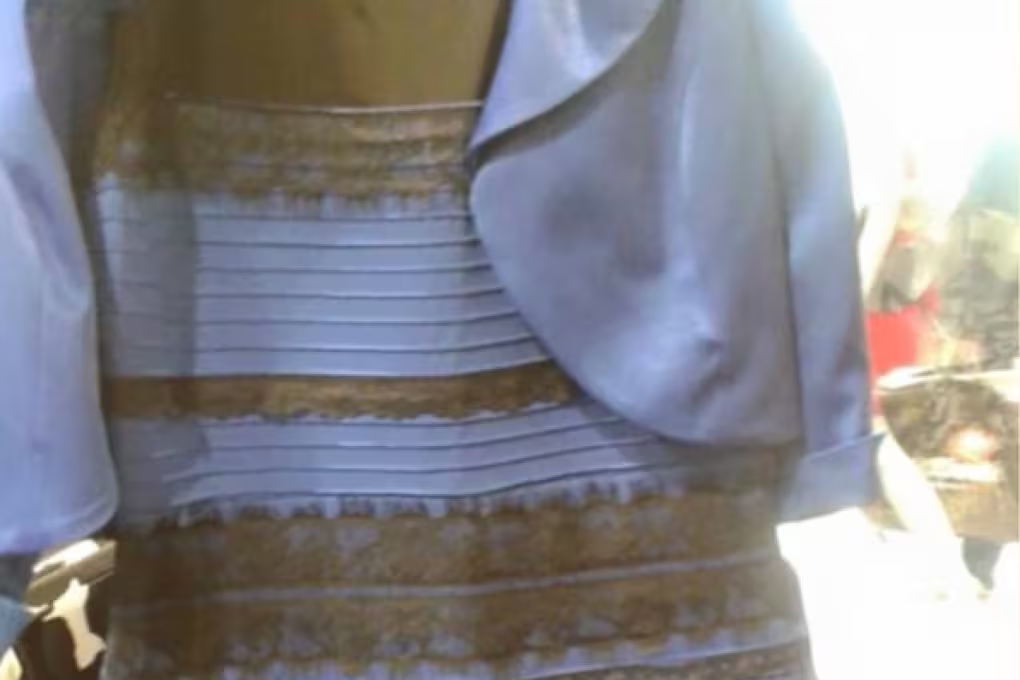
Today, the question presented under the guise of new, thanks to the intuition of a neuroshkencëtari, which is based on a discussion with his wife, who made a test viral on the perception of colours. The test, ordering on site ismy.blueincluded with already hundreds of millions of people who have asked themselves, how they see the border between the jeshiles, and blue.
Changes to the perceptive
It all started with a discussion between Dr. Patrick Mineault, and his wife, an ophthalmologist. He said that, a blanket, it was considered to be green, and that it was confident that it was blue. This divergence perception born of a test, an experiment on the internet, which invites the user to decide on where it is along the border between the jeshiles, and blue in a variety of nuancash.
The test will not only grab the answers to the individual, and compared them with those of the other participants, revealing that, as well as the perception of color may vary between people. The key to this is the fact that their interpretation depends on the cells of the retina, called cones, but also on the cognitive processes and personal experiences to each and every one of us, it brings with it.
The science of color
Therefore, the differences in the detection of color are not only biological, but also a cultural one. As the blindness of the color it is in a state of physiological damage the look of the colors, and affects mostly men in the language and culture play a very important role in our ability to recognize and name the nuances. If you study linguistics, or, more simply, if you happened to see the film Arrival (2016, Denis Villeneuve), you may have already heard of for the hypothesis Sapir-Whorf (or “the hypothesis of the relativity of language”).
This theory states that language can affect their perception of the world, including the colors. An example is the Greek of the old one, which did not have a word specifically for the blunë, as rusishtja makes the difference between the blue of the light and the dark. The case of the inuitëve it is likewise very interesting, as they use different words to describe snow, pointing out that language can affect also to categorize the sensory elements of nature. However, recent studies indicate that a wide variety of the greatest of terms to define the colors, you can relieve the memories of them, but it won't necessarily change the perception of it.
The effects HI-TECH.
The technology also affects the way we interpret the extent of the staining. In fact, the ismy.the blue highlighted how the device is used, the settings of the display, and even the lighting conditions of the environment can alter the perception of us. For example, the centre of nightlife in the many of the blackberry intelligent causes the settings of the most warm, so that you can make the blue appear more green than usual. Moreover, the changes in brightness and contrast, or changes in the software used to view the images, you can also vary the perception of colours, as is often the pictures in social networks.
However, the experiment is an example of a binding for the “citizen science”, that is, a science of the participating to make the people the protagonists in the discovery of mechanisms in the perceptues. While the findings are not scientifically rigorous, and they stimulate curiosity and to reflect on how each of us sees the world in a unique way.

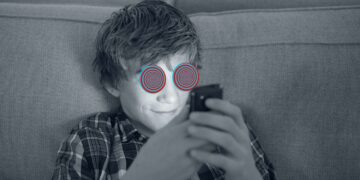

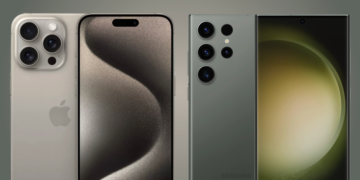

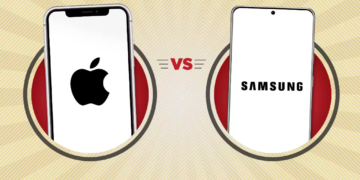
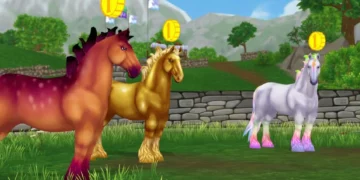
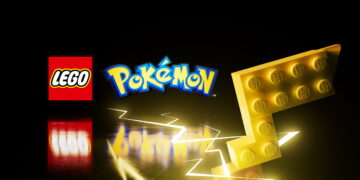

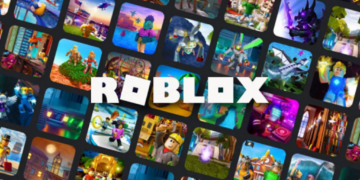

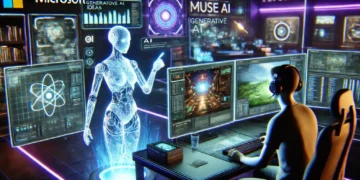

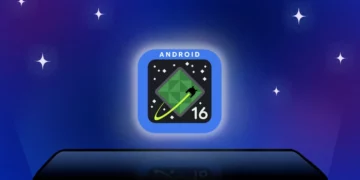

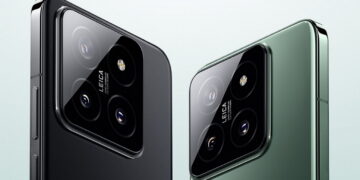
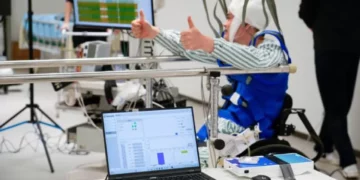
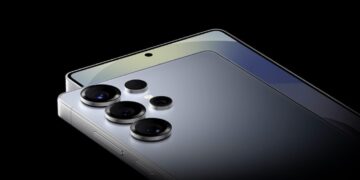


















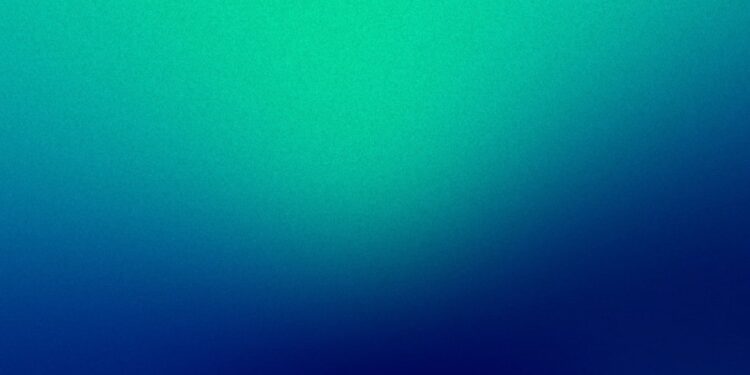

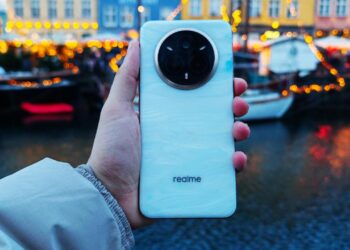













Discussion about this post